Mar 26, 2023
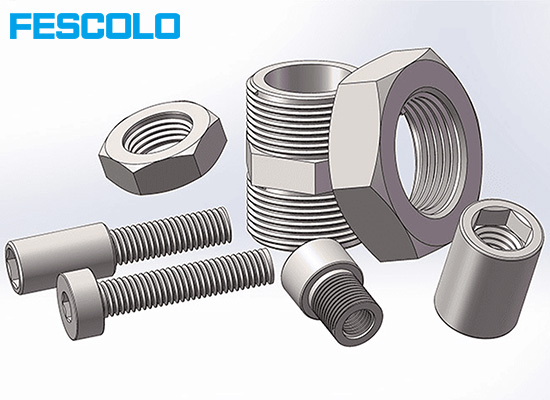
As a fundamental and important mechanical component, threads have played an irreplaceable role in industrial production and daily life since their inception. As early as the Industrial Revolution, the British laid the technological foundation for mass production of threads by inventing screw lathes, dies, and taps.
In 1841, the British man Joseph Whitworth proposed the Whitworth thread standard. Subsequently, British inventor Taylor invented the design principle of thread gauges in 1905, further promoting the development of thread machining and testing technology.
As a result, the UK has become a country with comprehensive mastery of thread processing and testing technology, and the British thread standard has also been widely applied worldwide.
The national thread standard in the United States was developed based on the British Wyeth thread. In 1864, American William Sellers referred to the Whitworth thread standard and developed the American National Thread. The National Thread Standards of the United States during this period were mainly applied in regions and industries within the United States and its industrial influence.
After World War II, in order to solve the problem of inconsistent thread standards, allied countries such as the United States, Britain, and Canada immediately began to develop unified thread standards among their allies. In 1948, the Unified Thread Standard was promulgated, becoming the world's first international standard recognized by an international organization.
The earliest metric standard for ordinary threads originated from the standardization of national threads in the United States and was first widely used in Europe.
With the establishment of the metric system as the International System of Units and the continuous developm ent of the metric thread standard, its superiority has gradually been recognized by the international communiely incorporated into thty, and ultimate standard system by the International Organization for Standardization (ISO), becoming one of the internationally recognized thread standards.
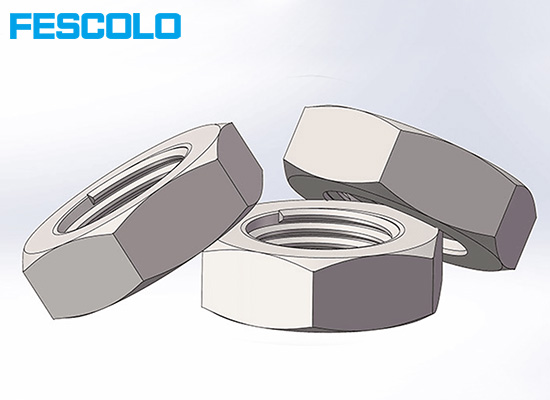
◆ Easy assembly: Threaded connections have the characteristics of simple and convenient assembly, which can quickly achieve the fastening and connection of parts.
◆ Removable replacement: Threaded connections do not require complex tools and operating procedures, are easy to disassemble and replace, and facilitate equipment maintenance and repair.
◆ High transmission efficiency: Some thread types have high transmission efficiency and are suitable for situations that require high-efficiency transmission.
◆ Good sealing performance:Specific types of threads such as pipe threads have good sealing performance and are suitable for pipeline connections that require sealing.
◆ High strength: Triangular threads and other types, due to their reasonable tooth design and thick root, have high strength and self-locking performance, making them suitable for situations with large loads.
◆ Strong standardization and interchangeability: Threaded parts produced by different manufacturers can be interchanged, improving product versatility and production efficiency.
The thread types can be divided into the following types according to different thread standards
Metric ordinary threads use millimeters as the unit of measurement, with a standard tooth profile angle of 60 °. It has good self-locking and connection strength, and is widely used in the connection and fastening of mechanical parts, especially in European countries such as Germany and France, as well as countries and regions that adopt metric standards.
It usually uses "M" as the thread code, followed by the nominal diameter and pitch indicating the size of the specification (such as M20 × 1.5), and may include an accuracy level (such as -6H).
The unified thread adopts the imperial unit (inch) as the measurement unit, and its tooth profile angle is the same as that of the metric ordinary thread, which is also 60 °. Widely used in various fields such as mechanical manufacturing, aerospace, automotive manufacturing, etc., it is now mostly used in North American countries and regions.
It uses different codes to represent different thread types, such as UNC, UNF, UNEF, etc. Thread specifications are marked with nominal diameter and number of teeth per inch.
Also called British Whitworth Thread or Imperial Thread. Inch screw thread also use British units (inches) as the measurement unit, but unlike metric and American threads, the profile angle of British Wyeth threads is 55 °. It was once widely used in Britain and its colonial countries, but later gradually replaced and is now relatively rare today.
The British Whitworth thread standard uses the designator BSW for coarse thread series and BSF for fine thread series. The dimensions are also determined by the nominal diameter and number of teeth.
Pipe thread is a thread located on the pipe wall for connection, whose main function is to ensure a tight connection between pipes and prevent liquid or gas leakage.
Its teeth are shallow and thin to avoid excessive weakening of the wall thickness, with no gaps between the inner and outer diameters, and both the top and bottom of the teeth are circular arcs, allowing for a tight fit.
Its size is usually expressed in inches. These threads are widely used in pipeline connections in fields such as water pipes, gas pipes, hydraulic systems, automobiles, airplanes, machine tools and other tube fittings.
G Thread | PT Thread | NPT Thread | |
Full name | 55°non-threaded seal pipe thread | Pipe Thread | National Pipe Thread |
Profile Angle | 55° | 55° | 60° |
Thread Type | Unsealed Pipe Threads | Sealed taper pipe thread | Sealed taper pipe thread |
Thread Taper | none | 1:16 | 1:16 |
Characteristics | High standardization and connection stability | Good sealing, strong corrosion resistance and reliable connection | Standardized design,good sealing and strong pressure resistance |
Diameter Unit | inch | inch | inch |
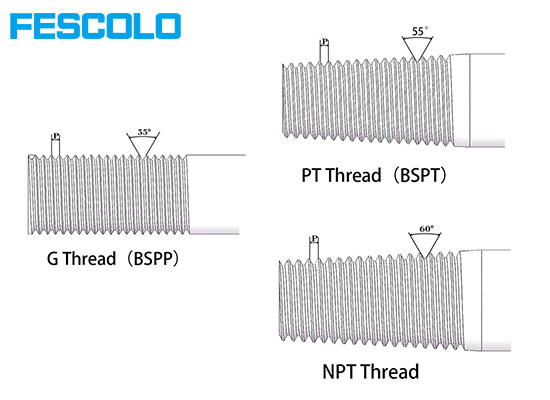
The British pipe thread is derived from the British Whitworth thread. European countries and Commonwealth countries were the first to accept the British standard for pipe threads, and ISO has also proposed formal standards for British sealed pipe threads and British non sealed pipe threads. Currently, British pipe threads have been widely accepted by countries outside of North America and are widely used in international trade.
The tooth profile angle of the British sealed pipe thread is 55 °, and it has the characteristic of a conical thread taper of 1:16. Its internal and external threads fit tightly and have sealing properties, suitable for connecting pipelines such as water and gas. Usually marked as PT (Pipe Thread) or BSPT.
The tooth profile angle of the British non sealed pipe thread is 55 °, and both its internal and external threads are cylindrical in shape. Compared with British sealed pipe threads, it does not have its sealing function and only has mechanical connection function, so it is commonly used for pipeline connections such as wire conduits that do not require sealing. Usually marked as G.
The American pipe thread standard was developed by Robert Briggs in the United States, characterized by a 60 ° profile angle and a flat top and flat bottom profile. Later evolved into today's American universal pipe thread (NPT) and dry seal pipe thread (NPTF) standards.
Compared with the general sealing pipe thread in the British system, the thread ratio of the general sealing pipe thread in the American system is higher; The basic dimensions of pitch and thread diameter are also relatively large; The tolerance requirements for conical threads are relatively high.
Due to its excellent sealing performance and high strength, it is widely used in pipeline connections and international trade in industries such as automobiles, airplanes, and machine tools in North America.
The world's earliest metric sealing pipe thread was the German standard DIN 1580 developed in 1954. But so far, this true metric pipe thread has not been accepted by most countries in the world.
Although the metric taper thread is not inferior in performance, due to the special nature of pipeline products, if there is a problem with its product quality, it will directly endanger people's living environment and life. Therefore, people are very cautious when using new pipe threads, so it can only be used for local connections that do not have a direct relationship with the outside world.
FESCOLO is a professional manufacturer specializing in various pneumatic components. We offer a variety of different sizes of fittings, cylinders, tubes, and cylinder accessories, with multiple thread types available for selection. If you have any needs, please click here to visit our Product page for more information.
You can also click here to visit our Blog page, where we provide a series of more detailed and comprehensive articles, images, and videos to help you better understand metal materials and pneumatic components .
You May Interest In
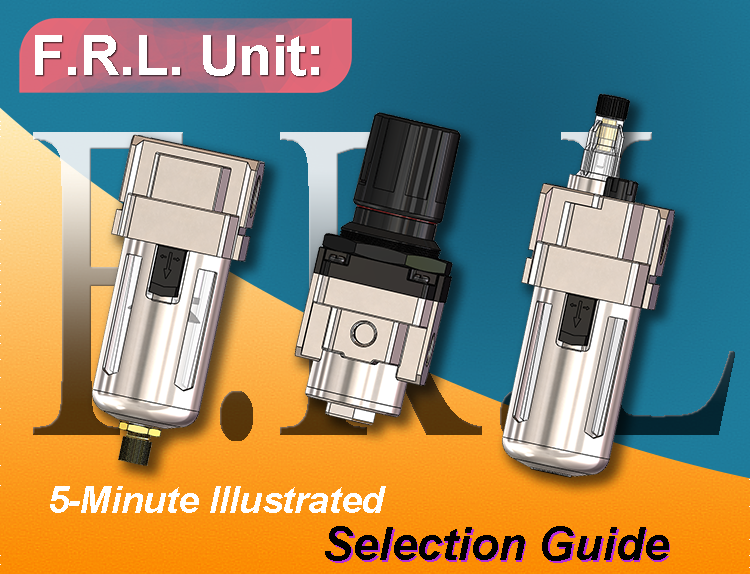
Dec 05, 2025 Blog
FRL: A 5-Minute Illustrated Selection Guide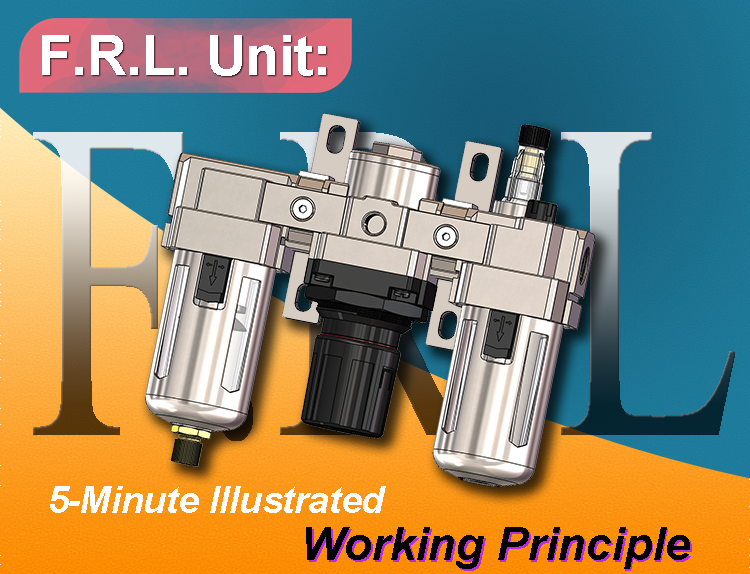
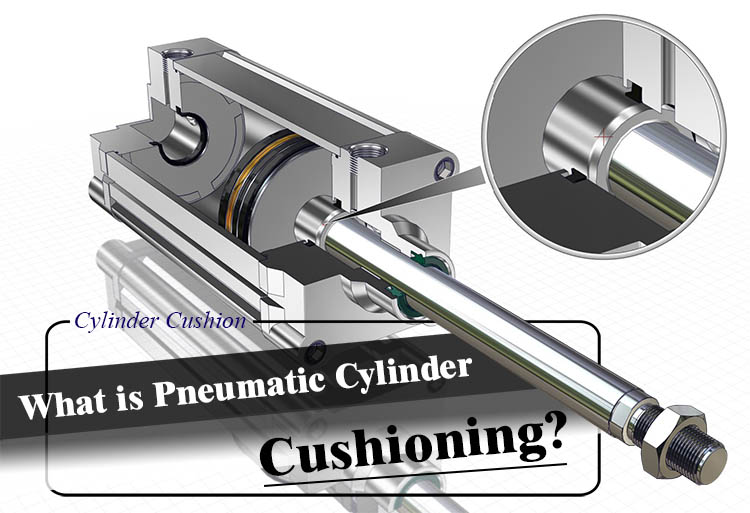
Nov 10, 2025 Blog
What is Pneumatic Cylinder Cushioning?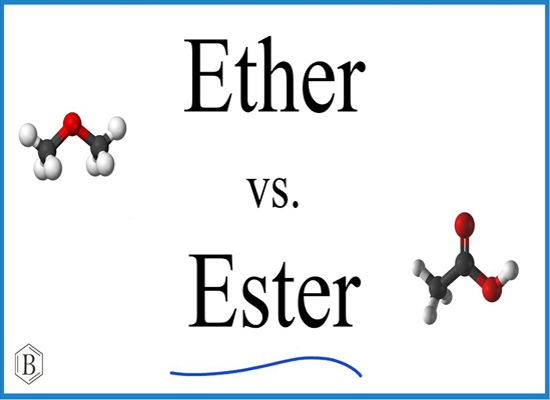
Nov 04, 2025 Blog
How to remember ester vs ether quickly?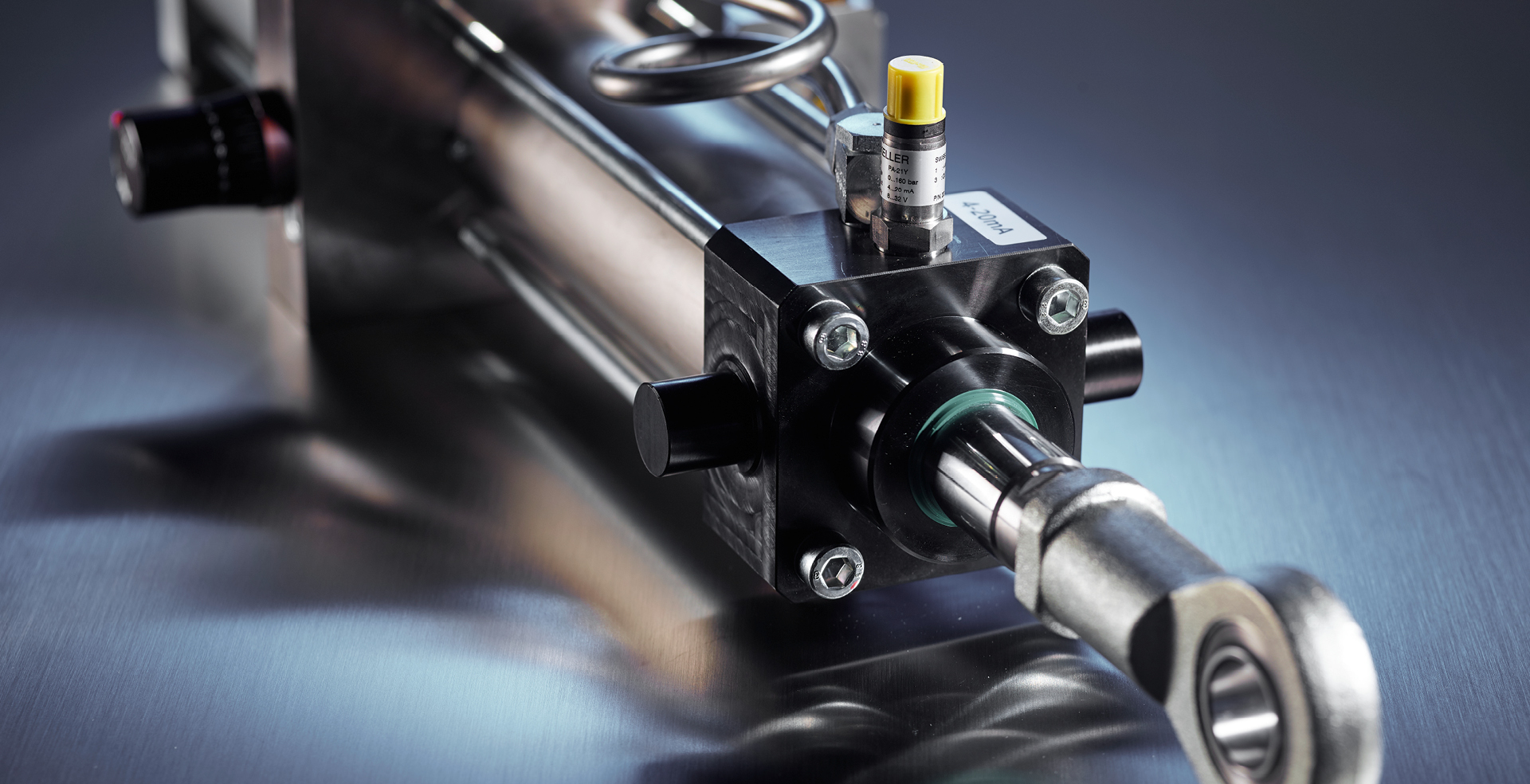
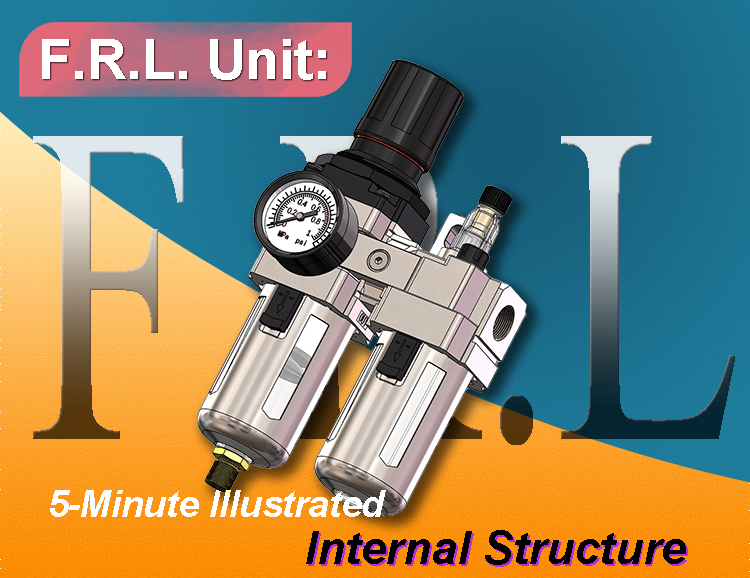

Oct 24, 2025 Blog
8 common reasons for pressure gauge might failure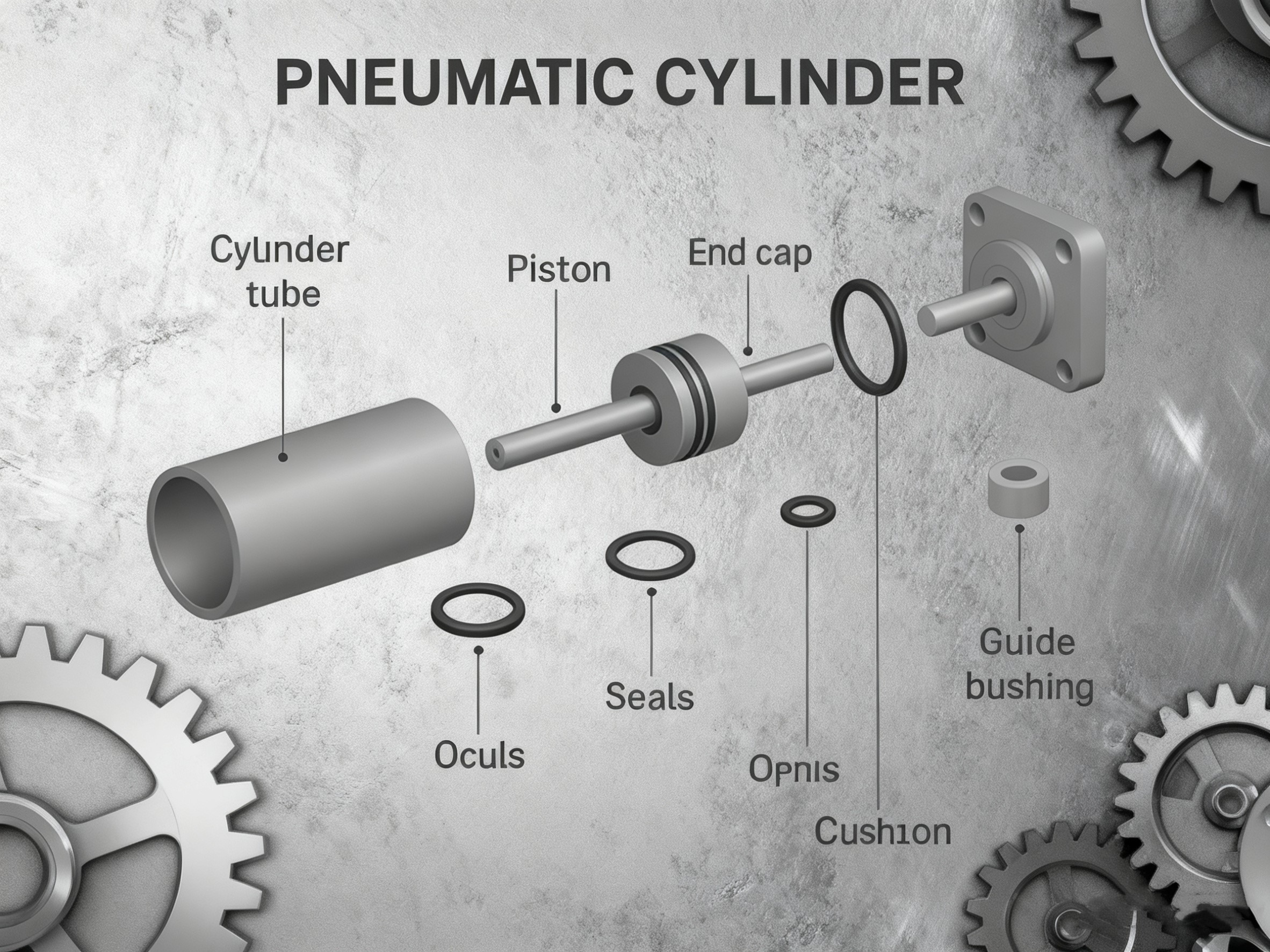

Aug 01, 2025 Blog
Complete Analysis of Pneumatic Rotary Cylinders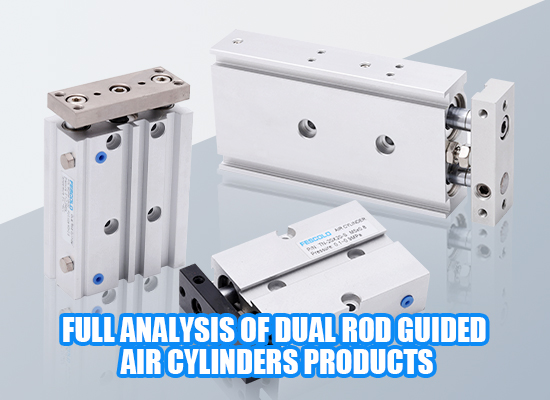

Jul 30, 2025 Blog
Comprehensive Guide to Compact Air Cylinders
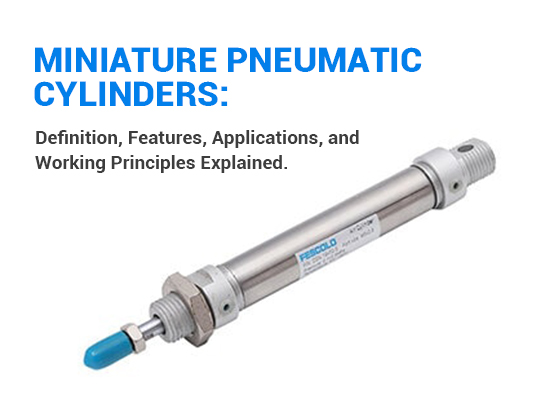
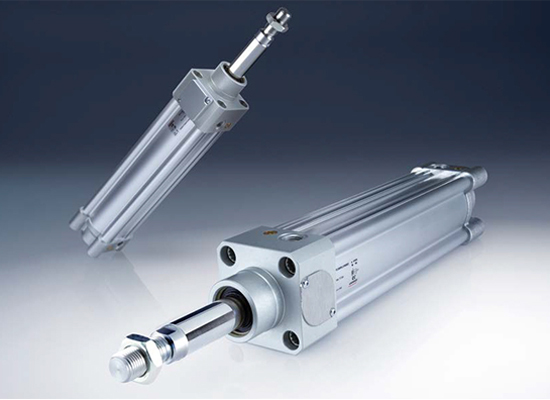
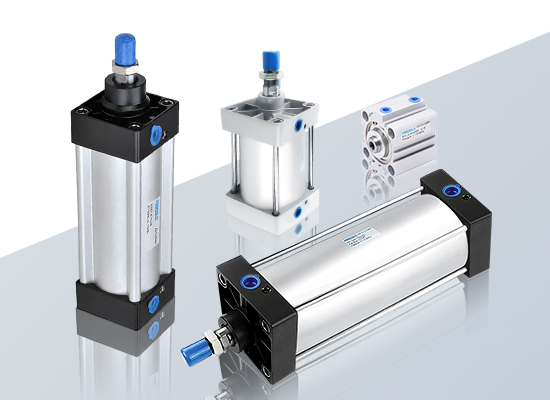
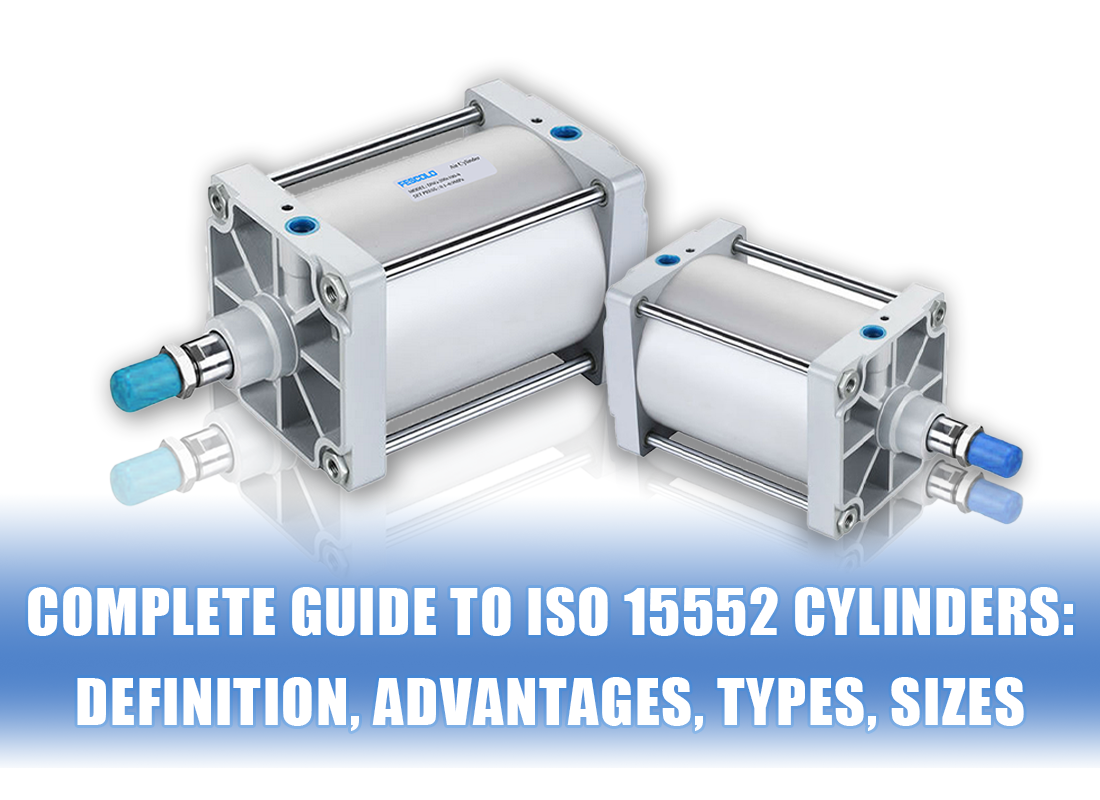
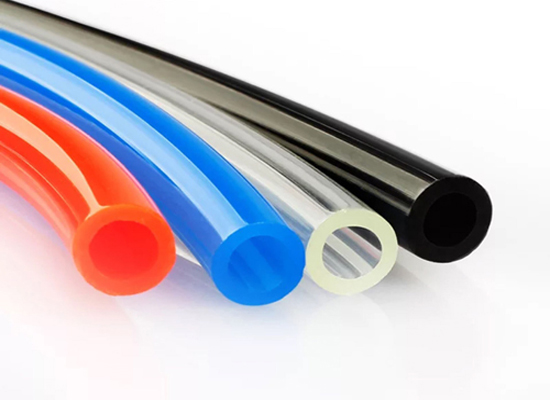
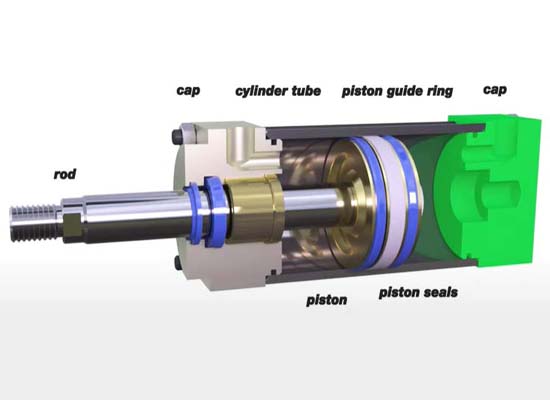
Apr 23, 2025 Blog
Exploring the Critical Parts of a Pneumatic Cylinder
Apr 23, 2025 Blog
anti-rotation cylinder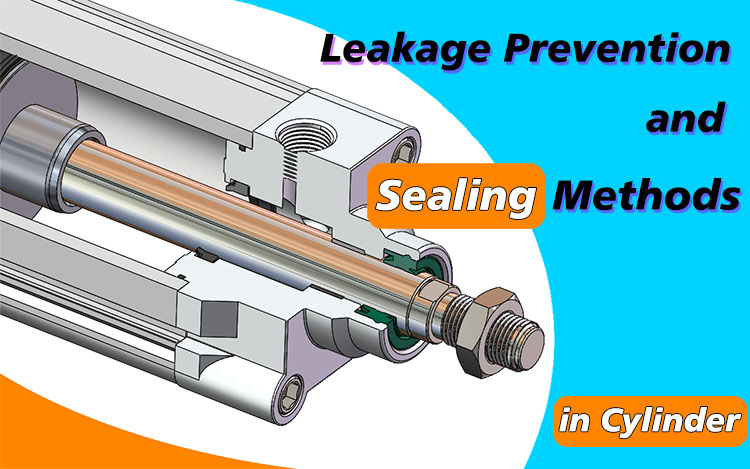
Mar 28, 2025 Blog
Leakage Prevention and Sealing Methods in Cylinder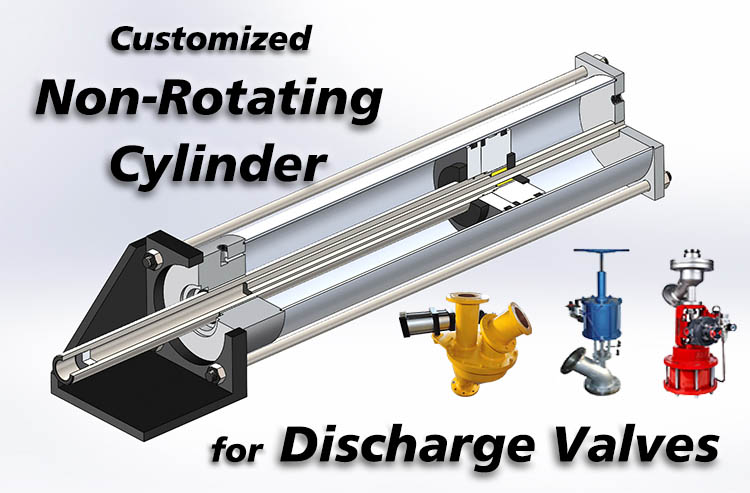
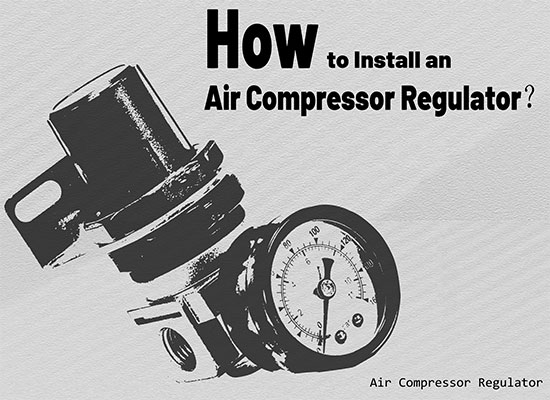
Mar 18, 2025 Blog
How to Install an Air Compressor Regulator
Mar 13, 2025 Blog
What is Magnetic Pneumatic Cylinders?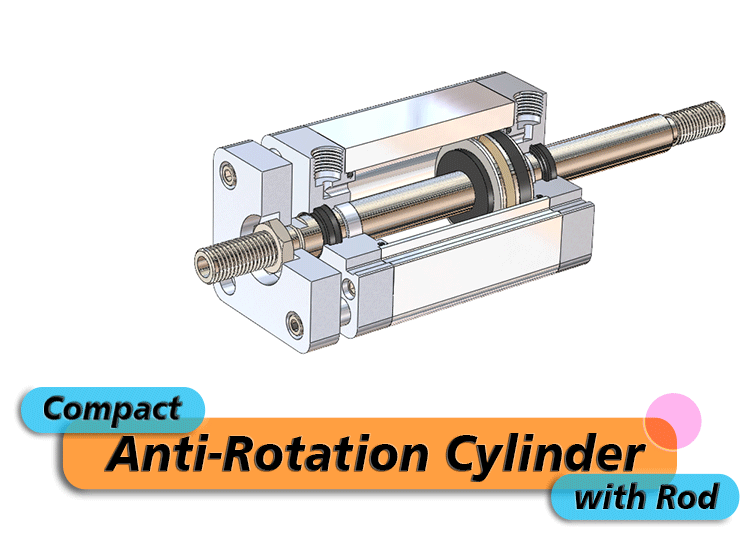
Mar 10, 2025 Blog
Compact Anti-Rotation Cylinder with Rod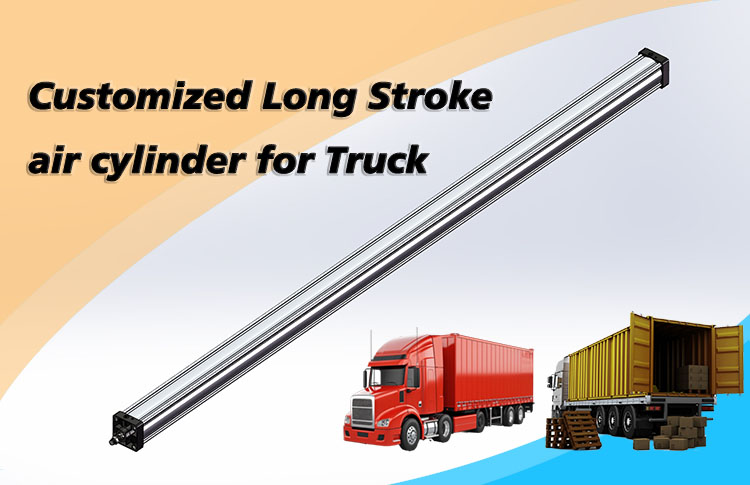
Mar 10, 2025 Blog
Customized Long Stroke Air Cylinder for Truck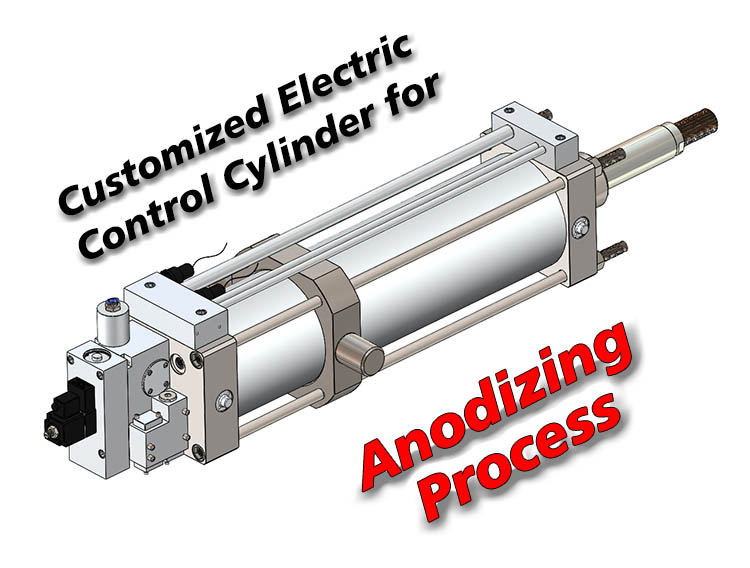
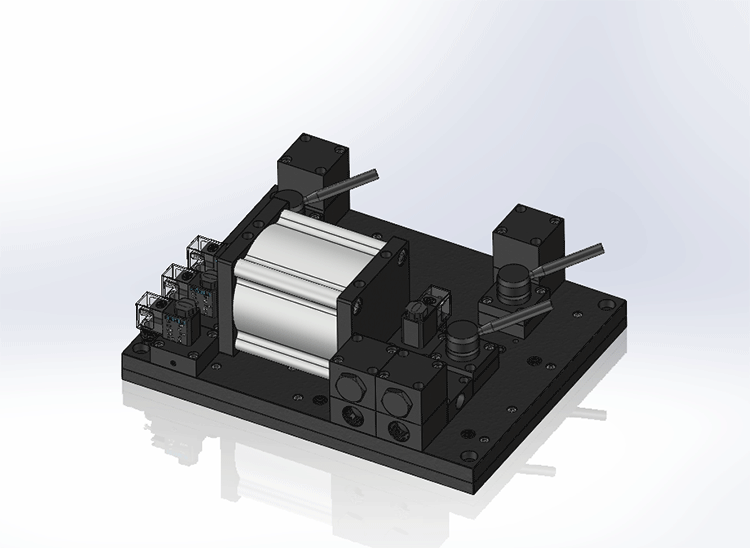
Mar 10, 2025 Blog
Customized Combination Manifold Valves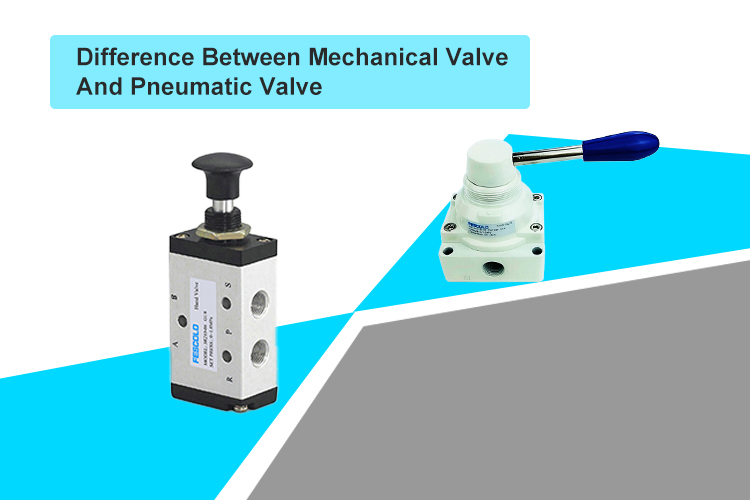
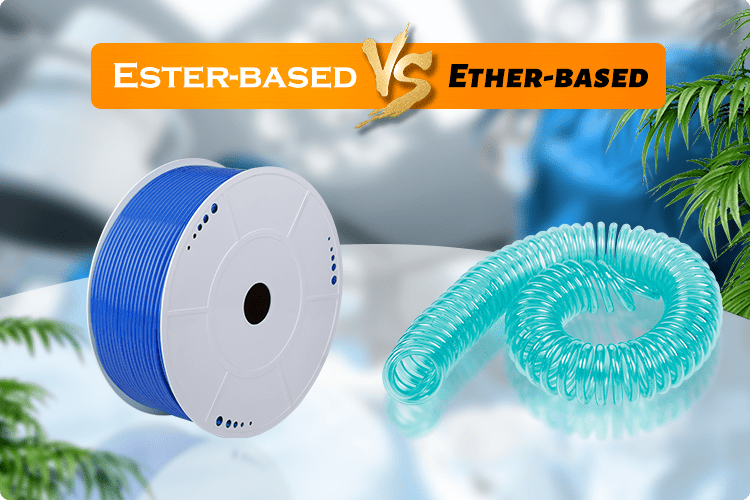
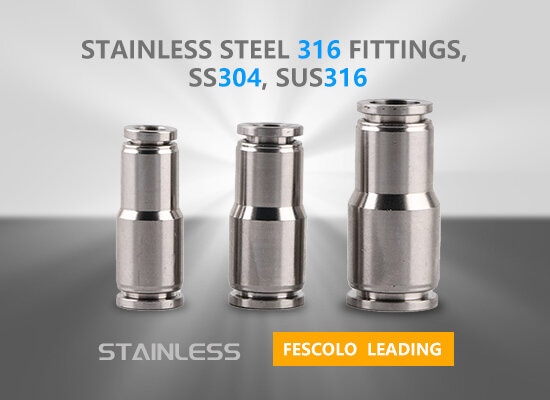
May 16, 2019 Blog
STAINLESS STEEL 316 FITTINGS, SS304, SUS316
May 03, 2018 Blog
Application Of Tube Fitting
Jun 08, 2018 Blog
Why Do You Choose Our Air Cylinder kits?
Feb 09, 2018 Blog
How much you know about globe valve?FOKCA ©1998-2025 Fescolo Pneumatic All Rights Reserved Sitemap